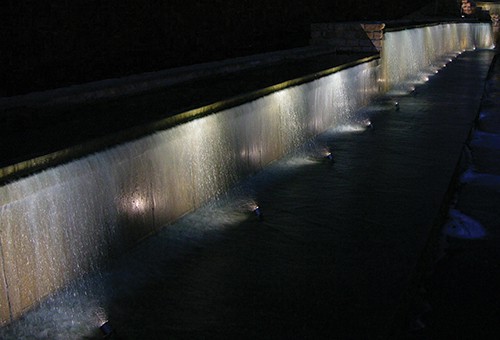
To begin, LED stands for “light emitting diode”. An LED is actually a semiconductor that emits light in a highly efficient manner. LED lights are far smaller than a standard bulb, use less engr., are more durable, last longer, are free of harmful toxins, do not emit harmful ultraviolet rays and are brighter.
In addition to these benefits, LED lighting allows for dramatic lighting appearances by varying the color temperature produced by the LEDs.
How Light is Measured
The light color is measured on the Kelvin temperature scale. The lower the Kelvin number the more yellow the emitted light will appear. The higher the number on the Kelvin scale the whiter the light will appear.
Bulbs are marked with Kelvin measurements. For a warmer more yellow light, choose LED bulbs marked 2700K to 2900K. For a whiter light, you are going to want bulbs marked from 3000K to 4100K.
One may desire a blue/white light. This is achieved by selecting LED bulbs from 4200K to 6500K.
Placement of Warm Light and White Light
The lower Kelvin warm yellow bulbs are good to use in flower beds, shrubs, and landscaping. Patios and outdoor living spaces where friends and family gather are also areas where warmer lighting will be more appealing.
White lighting is ideal to make areas around your home more secure and for walkways and outdoor paths. White light is also used in downlighting to create moonlight effects through trees.
A bluer white light may be ideal around swimming pools or water features.
Call the lighting experts at Creative Nightscapes Outdoor Lighting to help you decide which LED color is going to enhance the nighttime beauty of your home today. You will be glad you did!
